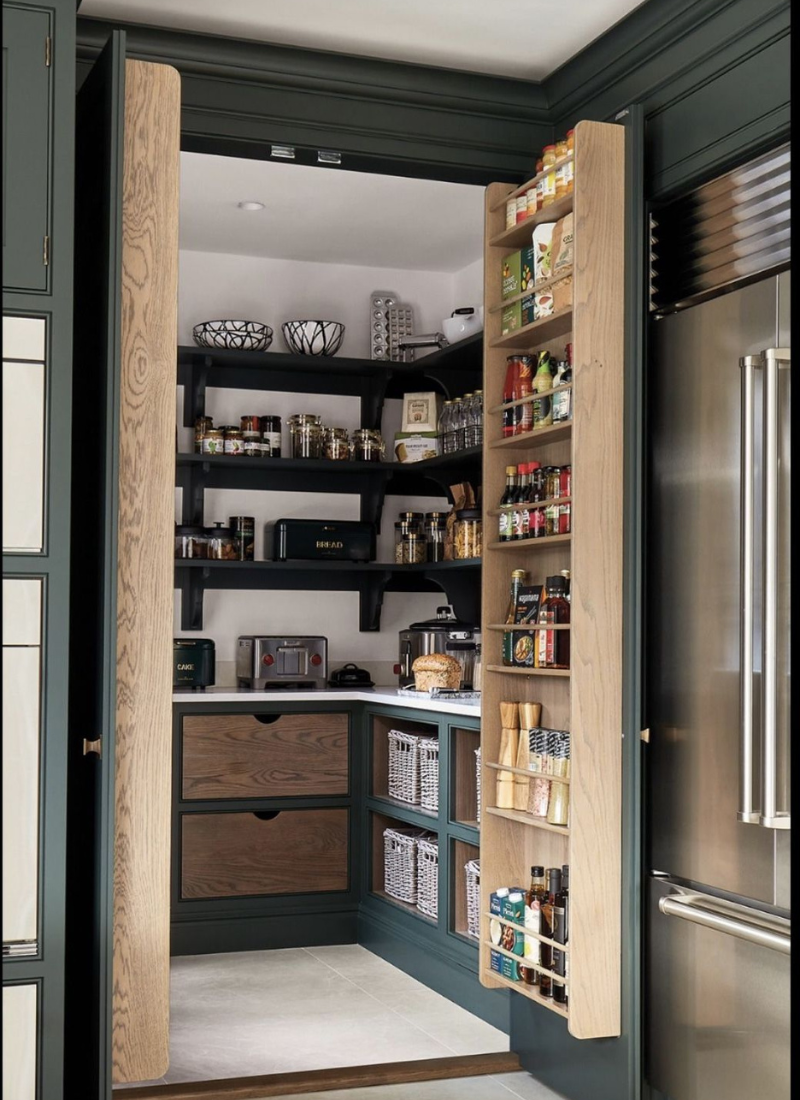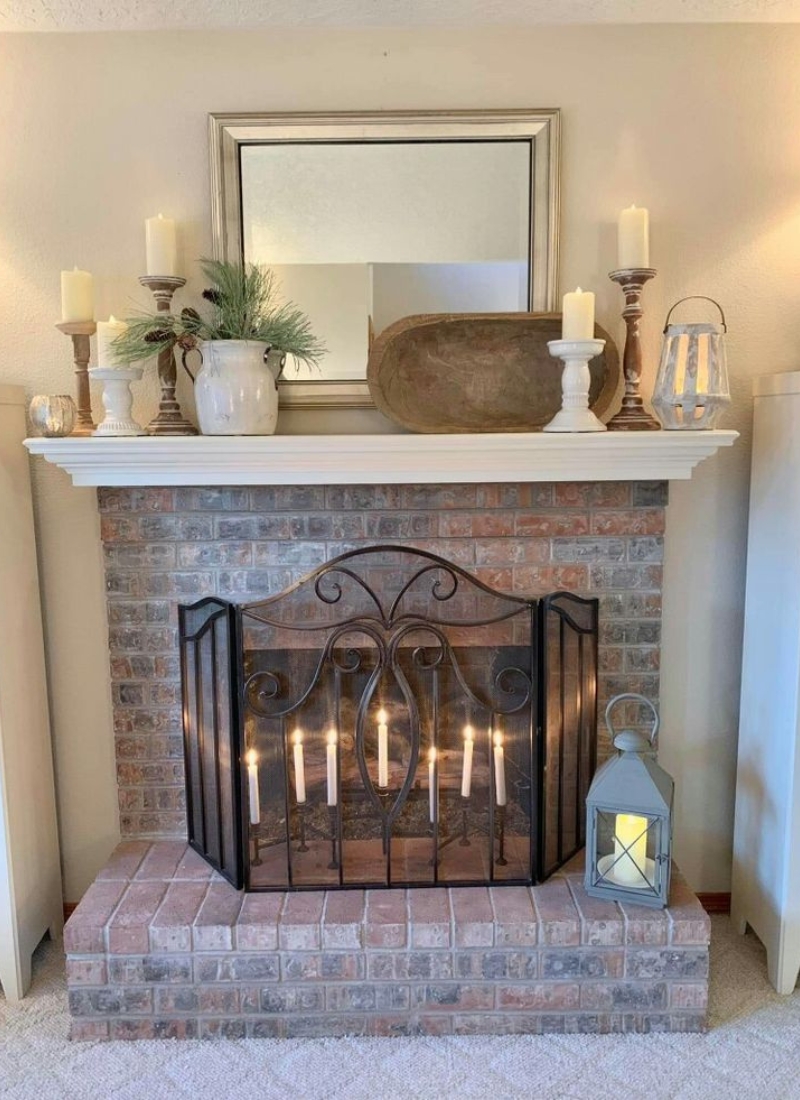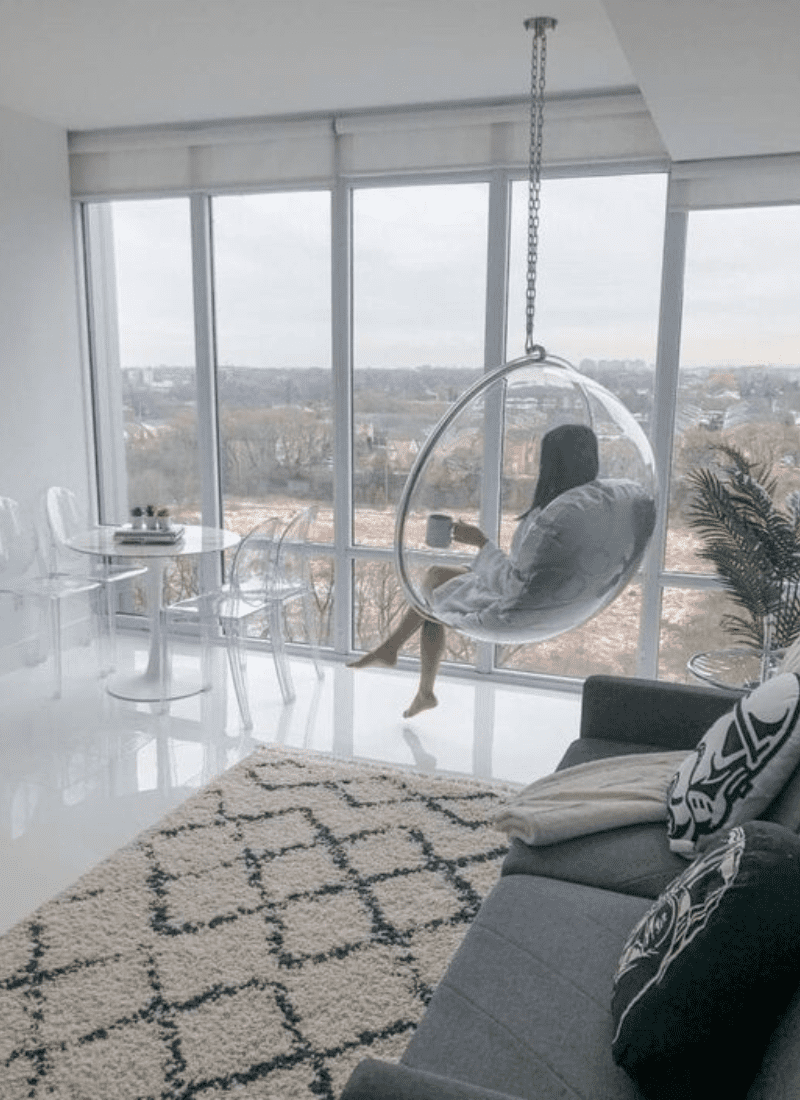Hey all! My name is Julia, former college student and a home decor enthusiast who loves DIY home improvement projects and finding creative ways to decorate any living spaces on a budget. Recently moved from my dorm to my new apartment which I renovated from scratch and I am here to help you with tips & tricks about home decor/college and more 🙂
Wondering if you really need a rug pad under your bed? These tips will help you understand the benefits of using a rug pad to keep your rug in place, add comfort, and protect your floors.
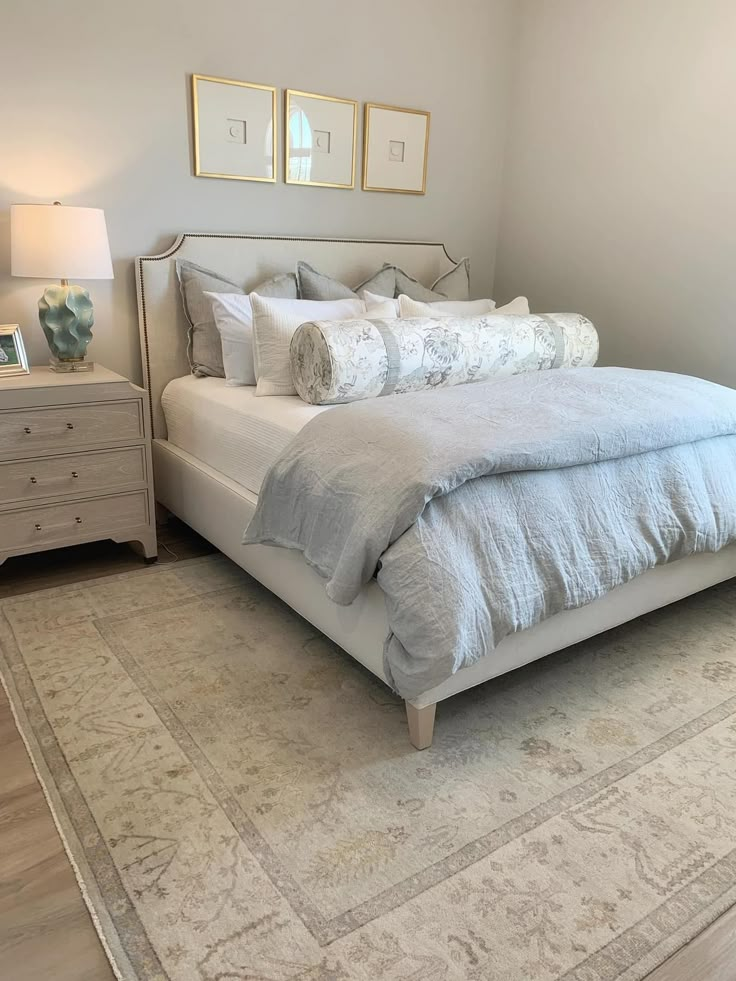
When you’re decorating your bedroom, you might stop and wonder: do I really need a rug pad under the bed?
A lot of people ask this, especially if they’re hoping to protect their floors and keep things looking sharp.
Whether you need a rug pad under your bed comes down to whether your rug slides around.
If your bed covers most of the rug, it might stay put without a pad, but a rug pad still has some perks—like protecting your floors, dampening sound, and helping your rug last longer.
If you walk on exposed parts of the rug every day, a pad helps stop slipping and those annoying curling edges.
Designers usually suggest showing at least 24 inches of rug around the bed for a nice, balanced look, and those visible areas really benefit from a pad’s stability.
Defining Rug Pads
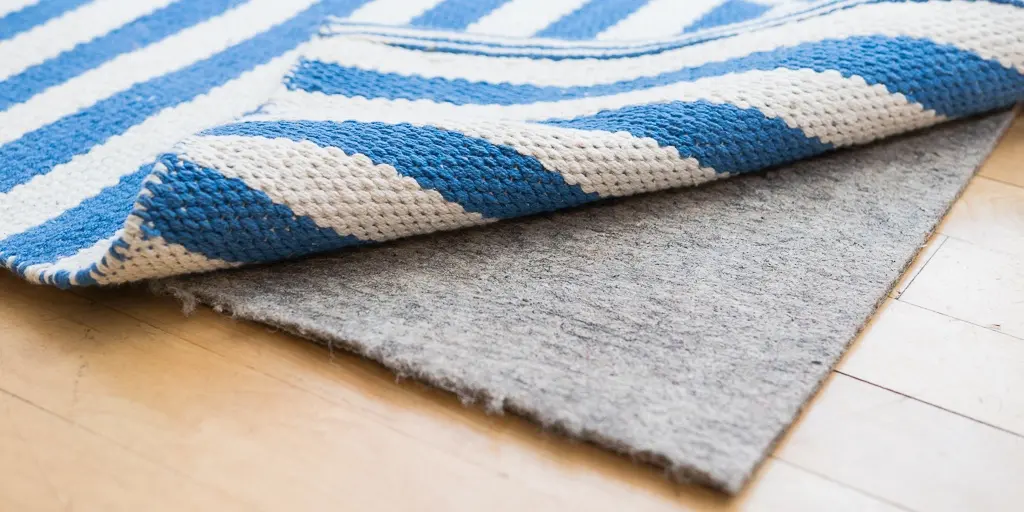
Rug pads are thin, cushioned layers that sit between your rug and the floor.
They’re like the unsung heroes of home decor, quietly doing their job. Usually, they’re made from rubber, felt, or a blend of both.
Their main job? Keeping your rug from sliding all over the place.
Nobody wants to chase a rug that bunches up every time you walk across it, especially in busy areas.
Rug pads also add some cushioning, making your rug feel softer underfoot.
How Rug Pads React With Carpet and Flooring
Rug pads behave differently depending on your flooring.
On hard surfaces like wood or tile, they create friction to stop rugs from sliding.
They also protect floors from scratches and discoloration. Sometimes, rug dyes can bleed onto floors, but a good pad stops that from happening.
If you’re putting a rug on carpet, you’ll want a special rug pad made for that. These have tiny grippers that gently catch the carpet fibers without any damage.
Be careful with certain flooring types, though. Vinyl floors, for example, can react badly with rubber-backed pads and might stain or discolor.
Always check which pad works with your floor.
Preventing Slips and Shifting
Your bed adds weight, but a rug pad gives extra security against sliding or bunching.
This comes in handy when you’re making the bed or vacuuming nearby. The bed holds down the middle, but the edges can still move and trip you up.
If you’ve got kids or pets playing in the bedroom, a rug pad stops dangerous sliding. I’ve seen plenty of people think the bed’s enough, only to watch their rug slowly creep out of place over time.
Non-slip pads work by creating friction between your rug and the floor.
That keeps everything lined up, even when you’re walking on the uncovered parts.
Related posts: Should Your Curtains Match Your Bedspread?
Protecting Flooring and Area Rugs
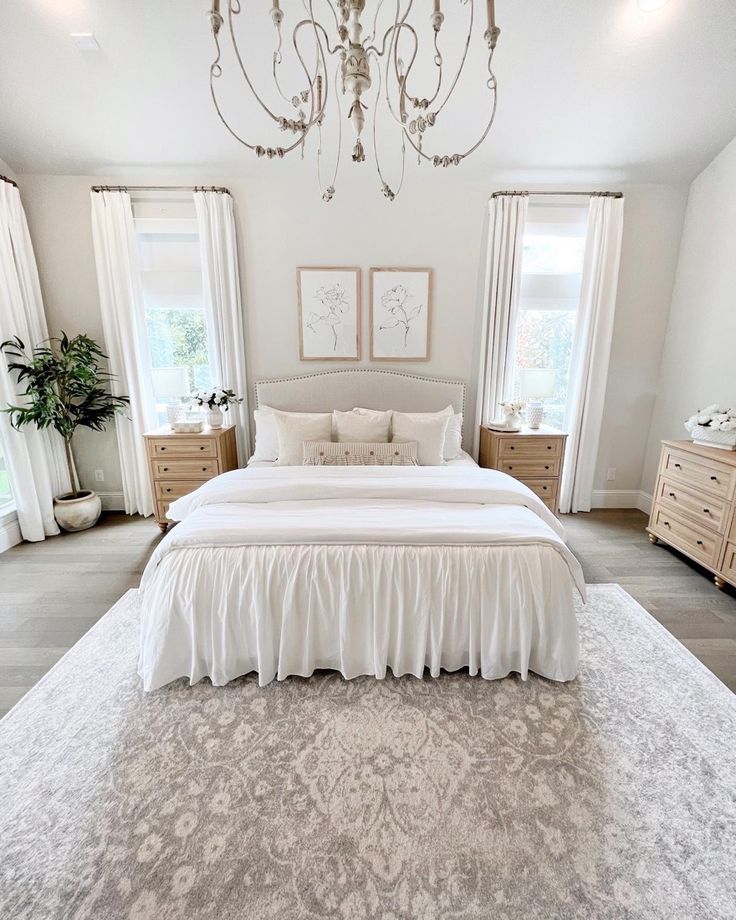
A good rug pad acts as a buffer between your rug and the floor. It shields hardwood or other floors from scratches, and it helps your rug last longer.
The pressure from your bed can crush rug fibers over time, but a pad spreads out the weight and reduces those ugly wear spots.
Pads also stop color transfer or stains from the rug backing. This matters if your rug uses certain dyes or materials that might leave marks.
If you’re renting, a rug pad can help you avoid floor damage and keep your security deposit safe.
Comfort and Cushioning
Walking on a rug with a pad underneath just feels better. The extra layer makes it softer and more cushioned when you get out of bed in the morning.
Pads also help dampen sound, which is great if your bedroom’s upstairs or you’ve got thin walls.
It’s a small thing, but it can make a big difference in apartments or older homes.
In colder climates, a rug pad adds insulation against chilly floors. It’s a cozy little upgrade during winter.
Rug pads come in different thicknesses, so you can pick what feels best.
Thickness and Weight
Think about what you want most when picking a pad. If comfort’s your top concern, go for a thicker pad—something around 1/4 to 3/8 inch.
These feel pretty great when you step out of bed.
Under beds, you don’t always need the grippiest pad since your bed already anchors the rug. Instead, focus on:
- Weight: Heavier pads stay put better
- Size: Choose a pad about 1 inch smaller than your rug on all sides
- Material: Felt-rubber combos offer good thickness and moderate grip
Don’t assume thicker is always better. Too much padding can make doors hard to open or create uneven spots for furniture.
Eco-Friendly Pads
Some rug pads have chemicals that can harm floors or release fumes.
For bedrooms, where you spend a lot of time, non-toxic options are just smarter.
Look for pads with these eco-friendly features:
- Natural rubber for grip and sustainability
- 100% felt from recycled materials
- No PVC, latex, or adhesives that can off-gas or stick
- CRI Green Label for indoor air quality
Brands like RugPadUSA make plant-based, biodegradable pads. They might cost a bit more, but they last and keep your air cleaner.
It’s nice to know your bedroom is free from extra chemicals, and your rug stays put.
Rug Pads Under Memory Foam Mattresses
Memory foam mattresses are sensitive to heat and moisture, so they need a breathable rug pad. This lets air move around and stops moisture from building up.
Natural fiber pads like felt or rubber work best. They don’t trap heat against your memory foam, which is important.
Memory foam already has plenty of cushion, so a thinner pad (about 1/4 inch) is usually enough.
It protects your rug and mattress without adding too much height.
Related posts: How to Arrange Pillows on Bed Without Headboard?
Impact on Platform and Adjustable Beds
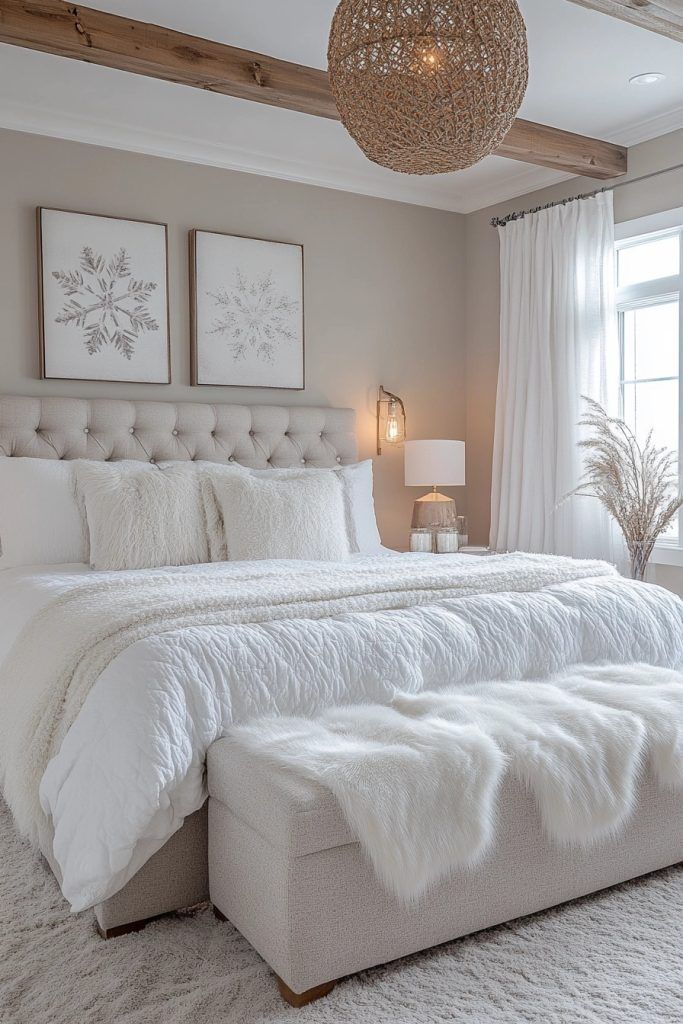
Platform beds are usually lower and have solid or slatted bases. For these, a thin, dense pad keeps your rug flat and stops it from sliding.
If your platform bed has storage, double-check that your rug and pad won’t block the drawers. Measure before you buy.
Adjustable beds can cause rugs to bunch up when you move them. Look for:
- Non-slip pads with strong grip
- Thin profiles (under 1/2 inch)
- Pads you can trim to fit
Carpeted Bedrooms and Low-Friction Surfaces

If your bedroom already has wall-to-wall carpet, you probably don’t need a rug pad under your decorative rug.
The carpet provides both cushion and grip, so the rug usually stays put.
Some rugs, like heavy wool ones, have enough natural friction to stay in place without extra help. Textured floors, like certain tiles or vinyl, can also keep a rug from moving much.
Try laying your rug down first and see if it shifts. If it stays put, you might not need a pad at all.
Heavy Beds and Rug Movement
King or queen beds can weigh hundreds of pounds, acting as a natural anchor for your rug.
If your bed covers most of the rug, the exposed edges are less likely to shift or curl.
For king beds that take up most of the rug, a pad under the bed isn’t always needed.
If only the foot of the bed and maybe the nightstands sit on the rug, you might still want a pad for the parts that stick out.
Routine Checks for Wear and Tear
Every six months or so, move your bed and inspect the rug pad. Look for flattening, especially where the bed legs rest.
Check for curling edges or fraying—those are early warning signs. Small tears can get worse if ignored.
If the pad feels stiff or brittle, it’s probably getting old or has been exposed to harsh cleaners.
Watch for discoloration that could transfer to your floor or rug. If you see any, it’s time for a new pad.
If you can, flip or rotate your rug pad during these check-ups. It helps spread out the wear, just like rotating a mattress.
Frequently Asked Questions
What are some tips for placing a rug under a bed in a small space?
If your bedroom’s tight, try runners on each side of the bed instead of a big rug. It saves money and still gives you a soft landing in the morning.
A small rug at the foot of the bed works, too. It adds a focal point without crowding the space.
Another trick: pick a rug that extends just 18-24 inches beyond the bed’s sides and foot. You get the benefits without taking up too much floor.
Can I lay a rug under my bed even if there’s carpet, and how do I do it?
Yep, you can put a rug over carpet! It adds texture and style to your bedroom.
Go for a low-pile or flat-weave rug—they’re less likely to bunch up. Thick, plush rugs can get messy when layered on carpet.
Use carpet tape or a thin non-slip pad made for carpet-to-rug setups. That helps stop sliding, especially under a heavy bed.
What’s the best way to arrange a rug in a bedroom with a king-sized bed?
With a king bed, you’ll want a big rug—usually 9’x12′ or larger. This gives you about 2-3 feet of rug on each side and at the foot.
Place the rug so it starts about 8 inches from the headboard. That way, you’ve got plenty of soft rug to step on when you get up.
If you’re on a budget, you can put the rug under just the lower two-thirds of the bed. You still get comfort underfoot but use less rug.
